The debate between stainless steel and non-stick frypans has been ongoing for decades, but in 2025, the choice is more nuanced than ever. Both types of frypans have their strengths, and understanding their features, advantages, and best uses can help you make the right decision for your kitchen. Whether you're a home cook, a professional chef, or someone exploring cooking for the first time, this guide will clarify which option suits your needs.
Table of Contents
Stainless Steel Frypans: The Durable Workhorse
Key Features
- Made from high-quality stainless steel, often with an aluminum or copper core for better heat conductivity.
- Resistant to rust, corrosion, and scratching.
- Non-reactive, allowing you to cook acidic foods like tomato-based sauces without altering flavors.
Advantages
- Durability: Stainless steel pans are incredibly robust and can last a lifetime with proper care.
- High Heat Capacity: They perform exceptionally well at high temperatures, making them ideal for searing, browning, and frying.
- Versatility: Suitable for use on all types of cooktops, including induction, and can transition seamlessly from stovetop to oven.
- Ideal for Deglazing: The sticky residue left behind during cooking is perfect for creating flavorful sauces.
- Eco-Friendly: No synthetic coatings, making them a sustainable choice.
Best Uses
- Searing and browning meats (e.g., steaks, chicken breasts).
- Making pan sauces after cooking proteins.
- Frying, sautéing, or stir-frying vegetables at high heat.
- Baking in the oven (e.g., frittatas or roasted dishes).
Considerations
- Requires oil or butter to prevent sticking.
- Cleaning can be labor-intensive if food sticks to the surface.
- Heavier than non-stick pans, making them less suitable for quick, everyday cooking.
Non-Stick Frypans: The Everyday Essential
Key Features
- Coated with a non-stick material, such as PTFE or ceramic, to prevent food from adhering to the surface.
- Lightweight and easy to maneuver.
- Available in various designs and sizes to fit different cooking needs.
Advantages
- Easy Cleanup: The non-stick surface makes washing effortless, often requiring just a quick wipe.
- Low Oil Cooking: Ideal for health-conscious individuals as it requires minimal oil or butter.
- Gentle on Food: Perfect for delicate items like eggs, pancakes, fish, and crepes.
- Affordable Options: Non-stick pans are widely available at various price points, making them accessible to most households.
Best Uses
- Preparing low-fat dishes.
- Cooking eggs, pancakes, or anything prone to sticking.
- Making quick meals for busy schedules.
- Gentle reheating of leftovers without burning.
Considerations
- Limited lifespan compared to stainless steel; coatings can degrade over time.
- Susceptible to scratches, especially when using metal utensils.
- Not ideal for high-heat cooking, as overheating can damage the coating.
Choosing the Right Pan for You
Opt for Stainless Steel If You:
- Enjoy cooking complex or gourmet meals.
- Want a pan that can handle high heat for tasks like searing and browning.
- Are comfortable with some extra maintenance.
- Prefer eco-friendly, long-lasting cookware.
Opt for Non-Stick If You:
- Cook simple meals and prioritize convenience.
- Frequently prepare delicate foods like eggs or fish.
- Want quick cleanup with minimal effort.
- Are looking for lightweight and affordable cookware.
A Balanced Kitchen: Why Not Both?
For most home cooks, having both a stainless steel and a non-stick frypan in your arsenal is the ultimate solution.
- Use your stainless steel frypan for searing meats, sautéing vegetables, and deglazing sauces.
- Rely on your non-stick frypan for low-oil cooking, making eggs or pancakes, and preparing quick meals.
The Future of Frypans in 2025: Innovation and Sustainability
Cookware manufacturers in 2025 are making strides toward combining the best of both worlds. Hybrid frypans with stainless steel bases and non-stick interiors, such as Circulon Clad Stainless Steel Frying Pan / Skillet With Hybrid SteelShield And Nonstick Technology,
are emerging, offering the durability of stainless steel and the convenience of non-stick coatings. Additionally, advancements in ceramic and eco-friendly coatings are making non-stick pans safer and longer-lasting.
Conclusion
The choice between stainless steel and non-stick frypans ultimately depends on your cooking style, habits, and preferences. While stainless steel pans shine in versatility and durability, non-stick pans win in ease of use and cleanup. By understanding their unique strengths, you can choose the perfect frypan—or combination of frypans—to elevate your cooking experience in 2025.

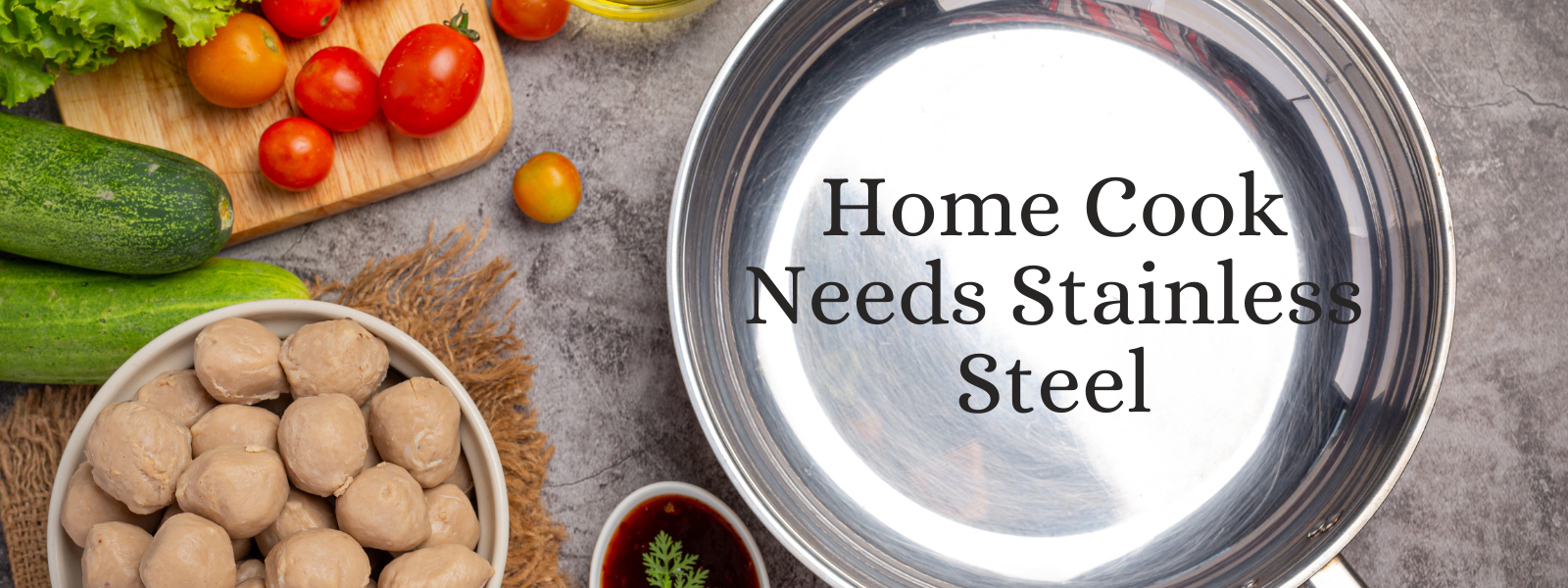
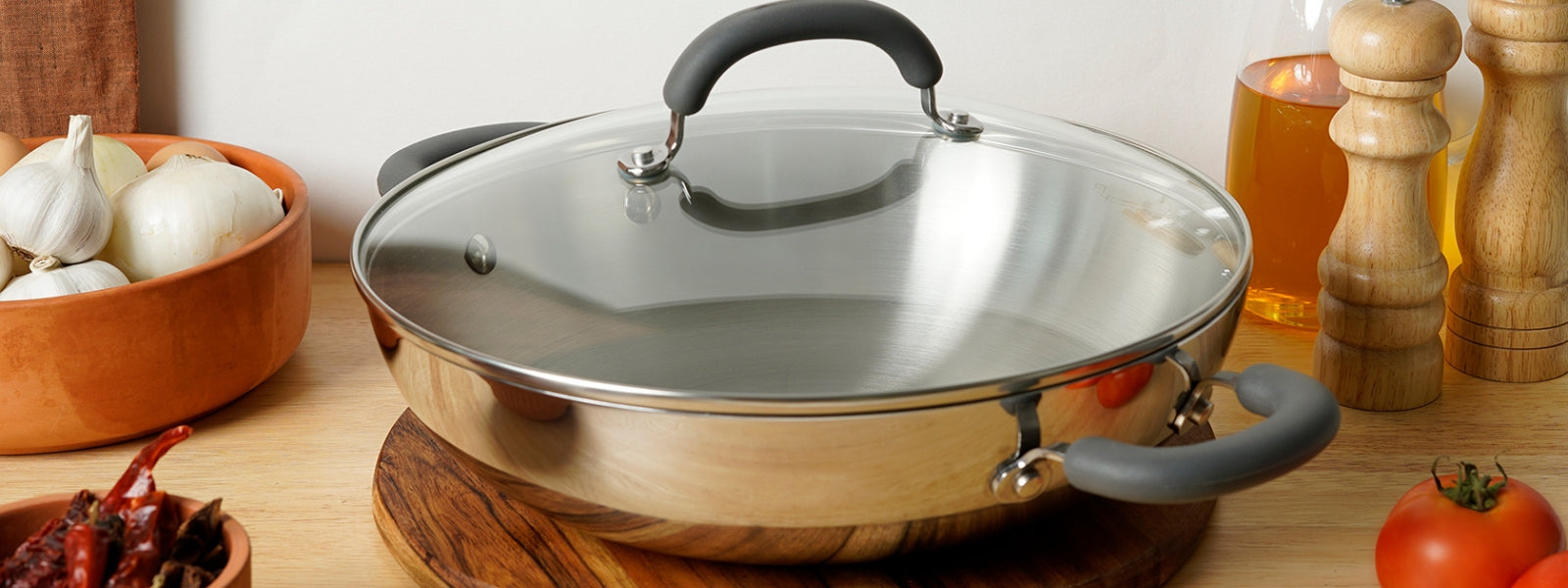
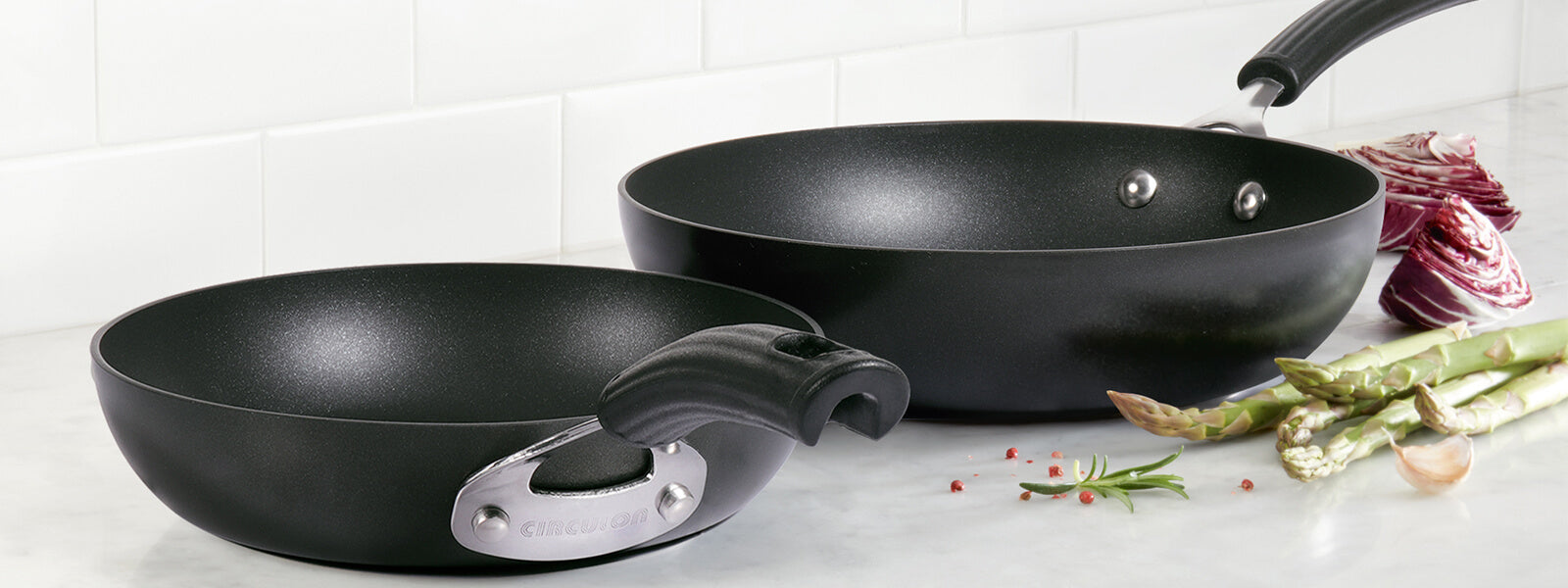
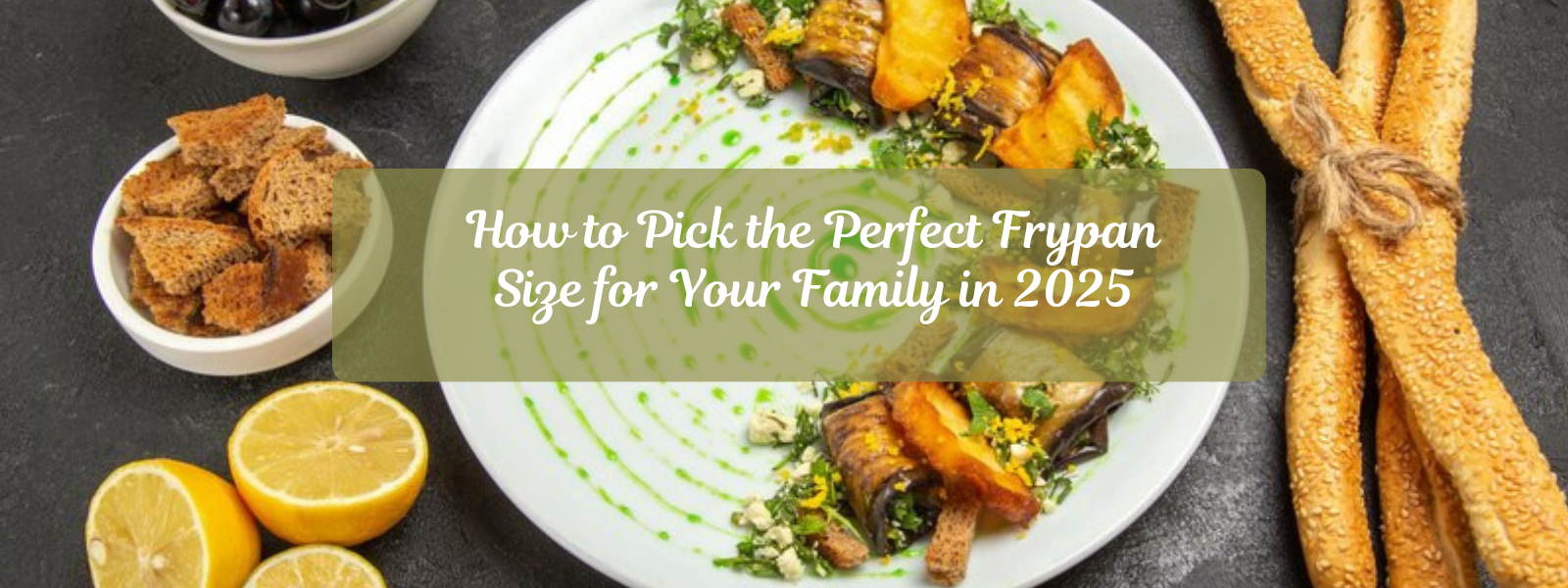
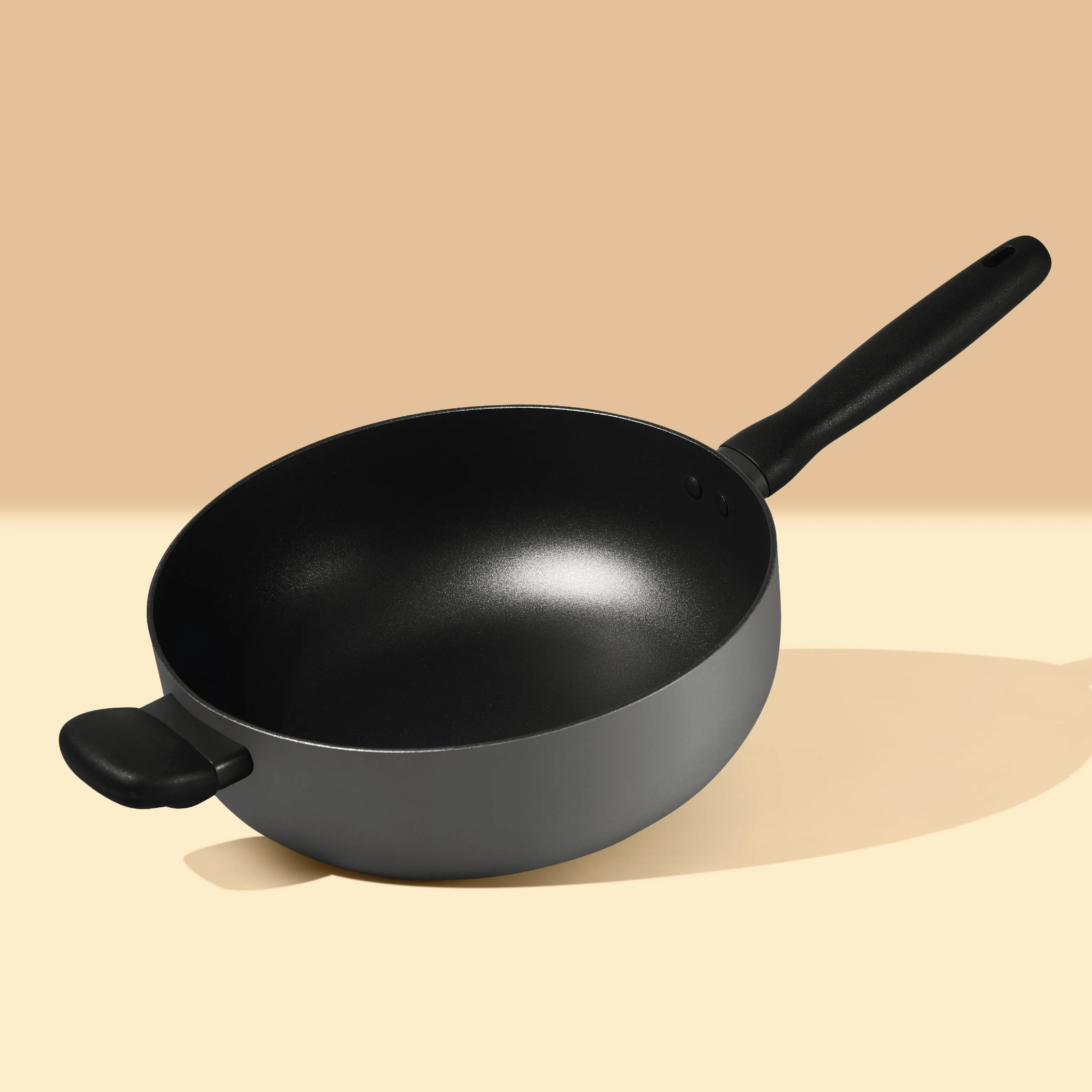
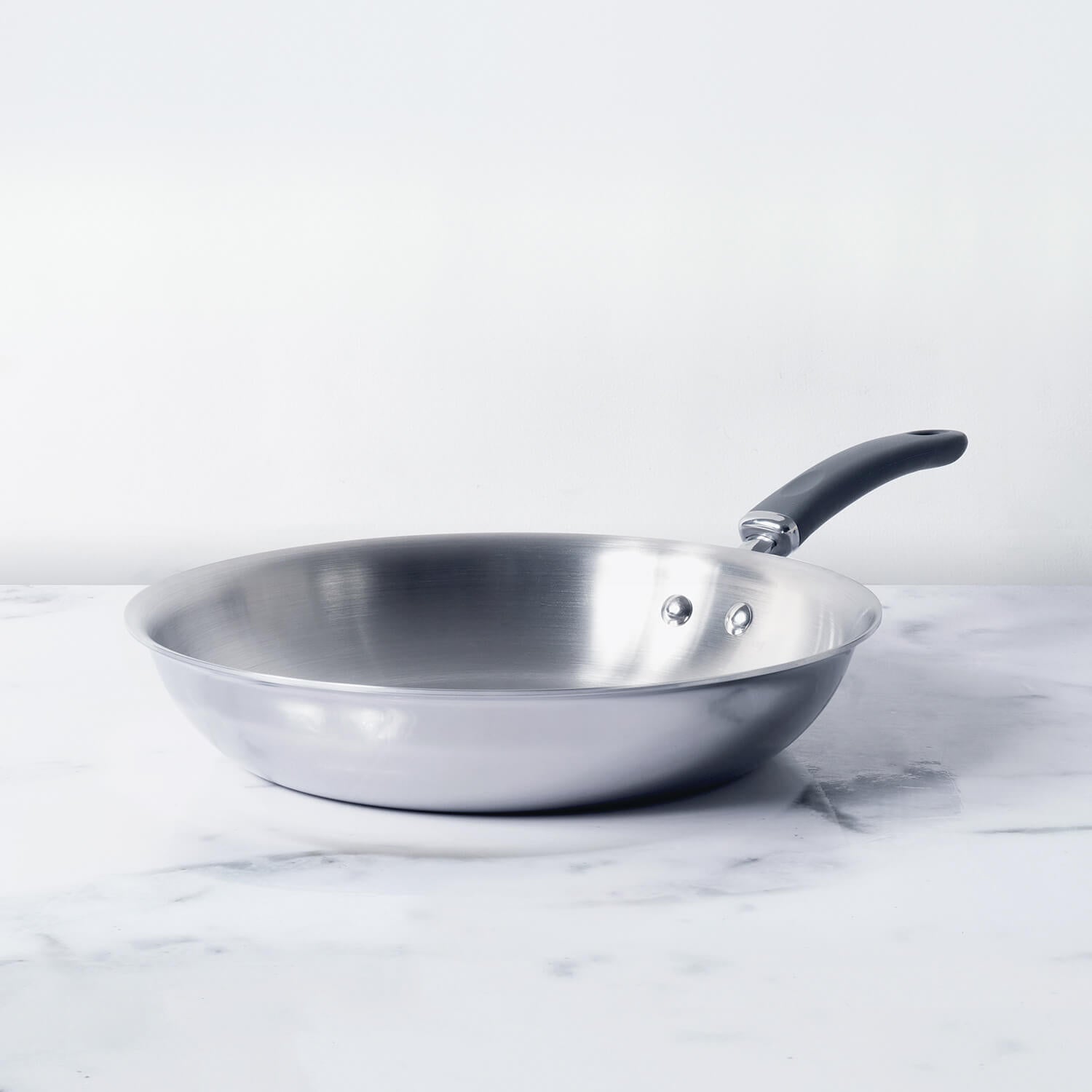




Leave a comment